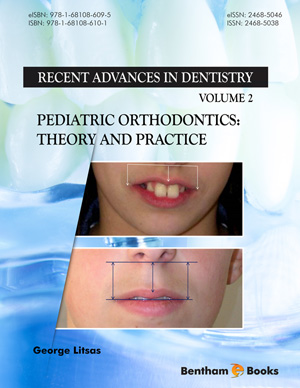Abstract
Class II malocclusion is a much more frequent type of skeleton-dental disharmony than a class III malocclusion. The nature of these malocclusions is not a result of a single component, but a variety of different dental and skeletal combinations such as maxillary-mandibular skeletal and dental position, as well as the vertical components. The more severe the malocclusion at the young ages, the greater the psychosocial and functional problems present. The disharmony could become more pronounced during the pubertal peak period and continue until growth is completed. As a result, it is important to understand the aetiology of these malocclusions so that orthodontic treatments can focus on possible prevention or early intervention in order to avoid any related craniofacial deformities. The timing of treatment varies from early intervention during the pre-pubertal stages of growth or intervention during the peakgrowth stage after the patient has completed their active growth.
Keywords: Functional appliances, Orthopaedic treatment, Skeletal discrepancy.






















